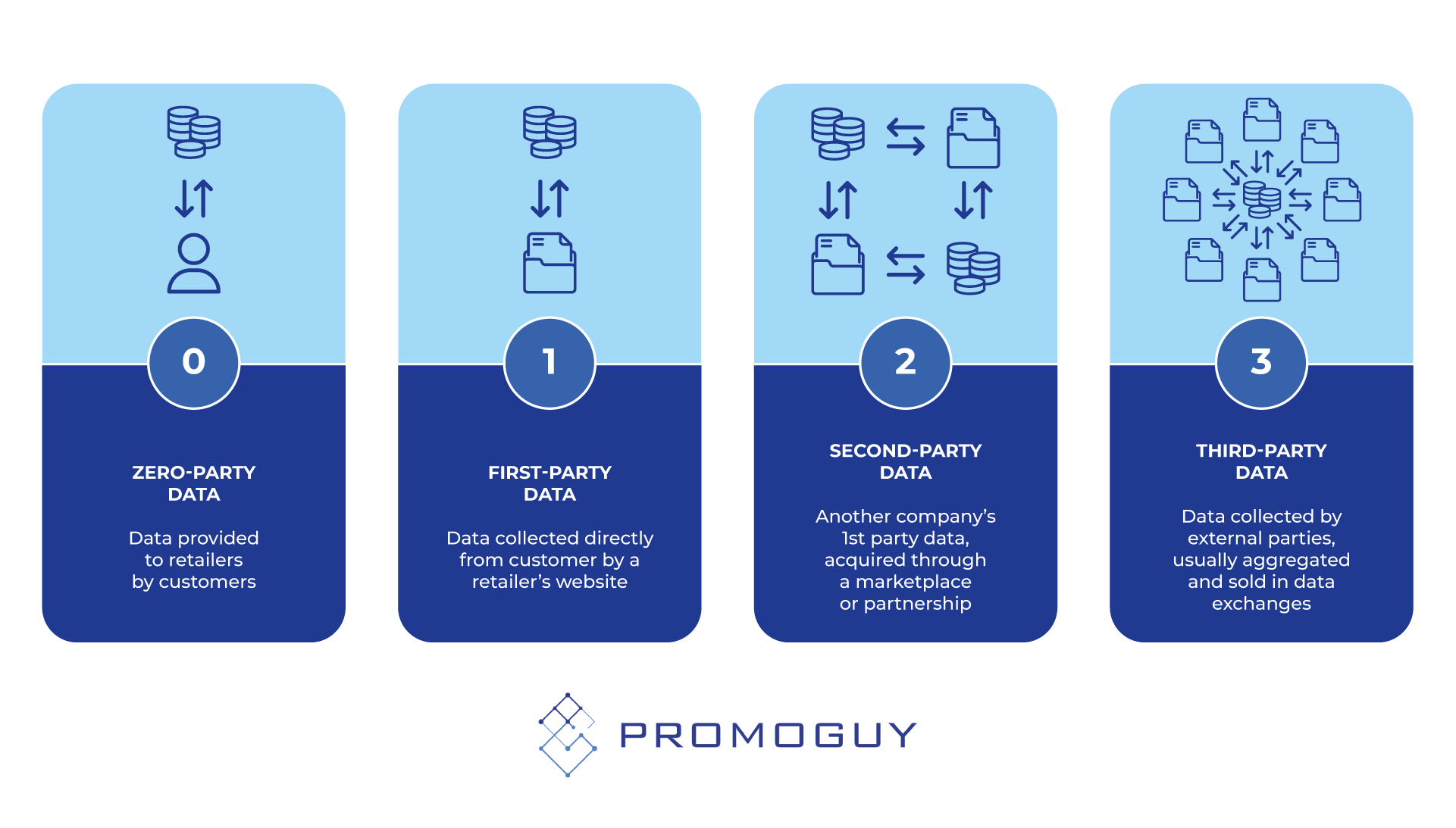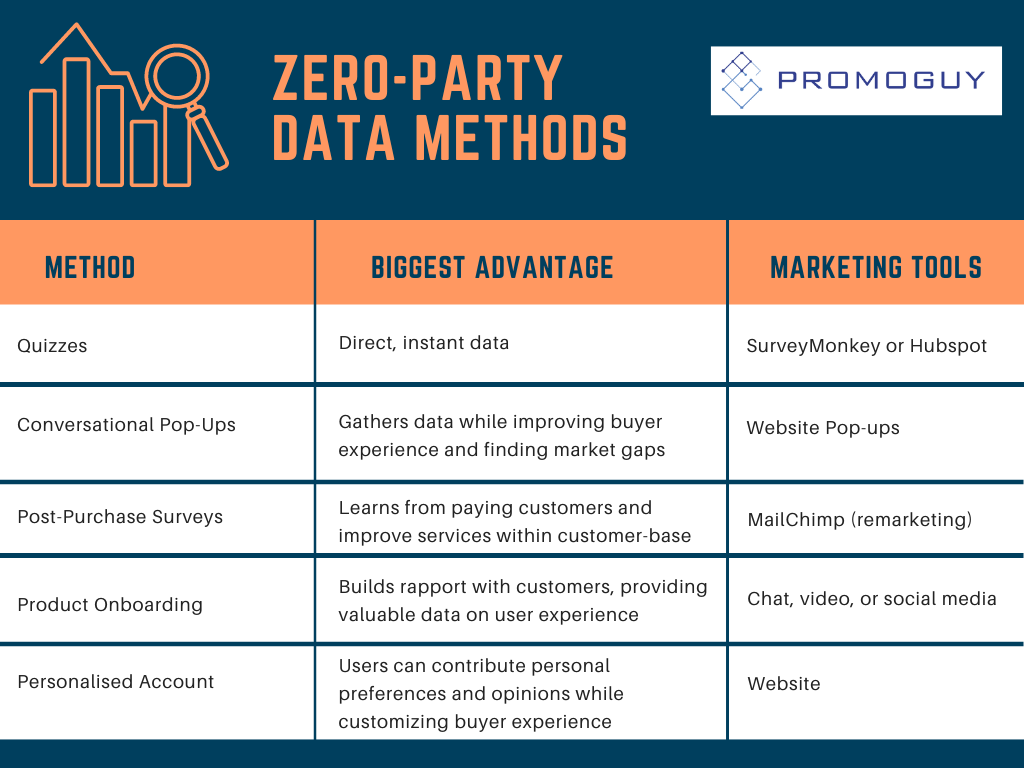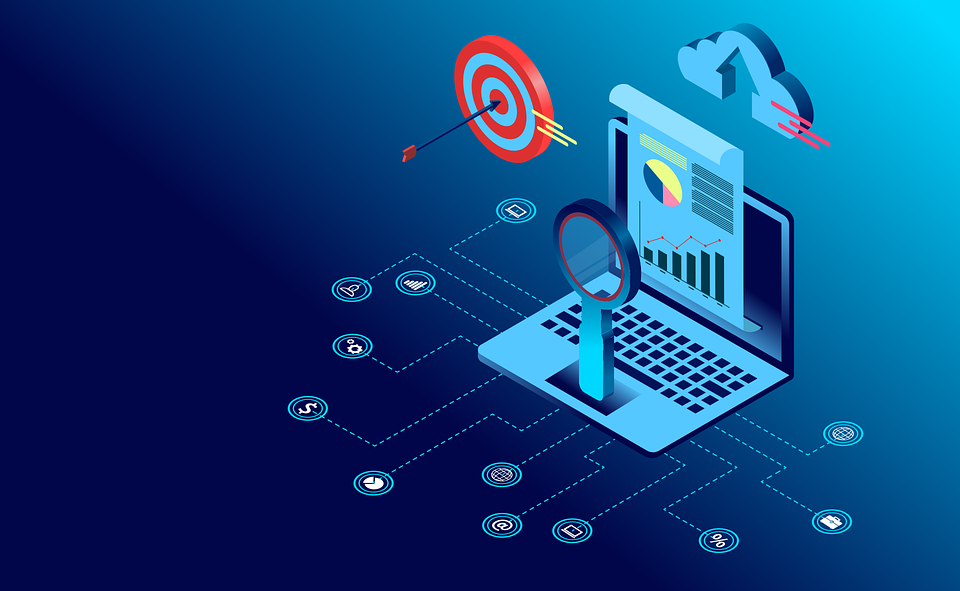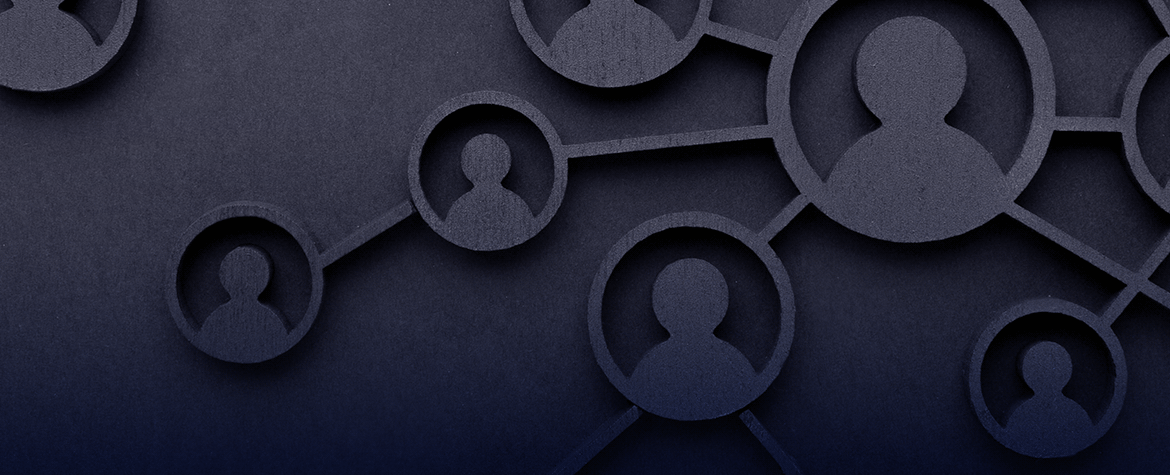Zero-Party data has caused a stir in marketing, resulting from a solution to market concerns about traditional marketing methods. While many companies are adopting such ZPD methods, many don’t know how to adjust to this shift. This article will explain how to implement a data collection strategy with consumer consent in mind.
Zero-Party Data Collection Basics
If you’re looking for a comprehensive zero-party data definition or explanation of how it differs from other data gathering, you can look through our introduction article. Put simply, ZPD differs from its first, second, and third-party counterparts by emphasizing the consumer’s participation and consent. The data is gathered with the collaboration of the customer using, for example, surveys or account creation.
Here’s a handy illustration:

The big question for many companies is “how do we engage in this sort of data collection and make sure you’re getting the quantity and quality of data that you need?”.
Zero-Party Data Marketing Advantages
Alongside methods like cookieless tracking, companies can not just gather data ethically, but also collect better information with direct insights. There are some types of data the consumer can only give you willingly and the reliance on second and third-party methods completely misses out on these bits of information. This can either be because consumers will not share it or even because it’s ethically or legally dubious.
As a result, you can also collect data that google analytics prohibits collecting, including personal info. Zero-party data marketing can thus provide better and more reliable insights (in some instances). It should still be utilized along with other methods for optimal insights.
This is not to say that ZPD is always an upgrade. It is slower and can suffer from selection bias. Zero-party data often only gathers info from consumers willing to take the time out to give it (depending on the method), so it can be limited in its scope of data collection. However, the associated advantage of this is that you can get information from dedicated customers and cut out the noise.
Market Data Approach & Methods
Here are the most common ways of gathering data.
- Quizzes
Ask questions directly. A well-designed survey can gather crucial information while being fun for the customer.
- Conversational Pop-ups
Improve customer experience, answer questions, and gather data all in one.
- Post-Purchase Surveys
Ask your customers how they are experiencing your product. They will have valuable feedback because they have already used your services and may have queries.
- Personalised User Accounts
Personalized accounts can be especially informative for cookieless websites since information-gathering is limited by design. User accounts also help customers give insights into buying habits and preferences while automatically classifying them.
- Product Onboarding
Give customers a tutorial and assistance in using your product. This is a great opportunity to learn more about their needs, why they chose you, and what improvements you can implement.
Another set of instruments to consider is the tools you’ll use to engage in Zero-Party marketing and analysis. Here are a few examples of what advantages each method of collection has alongside the best tools for using it:

Other Zero-Party Data Marketing Methods
You can spice up your collection methods with these forms of data gathering that are less frequently used but are unique in their own way:
- Newsletter sign-ups
- Email Subscription Requests
- SMS Subscription
- Product Review Solicitations
- Social Media Polls
- Contests
- Lead Generation Forms
- Purchase Help Widgets and Apps (like price estimators or calculators)
- Online Tests
- Ebooks
- Presentations
- Online Chat
Zero-Party Data Strategy

A range of various methods and approaches can get you to the right mix that will help you establish a proper data collection process. Here are the steps to building your strategy:
- Decide what data you want
Ask yourself what the purpose of your campaign is and what you need out of it. Set goals with proper KPIs and also remember to adjust them for ZPD. You’re going to naturally have a smaller pool of respondents than other data-gathering methods. It’s best to focus tightly on the info you need.
- Develop a data communication plan
Now that you know what you’re looking for, you need to communicate with customers and ensure them their data will be used for the right reasons. Build trust and decide how long the data will be kept and who it will be shared with and whether this is feasible for the average consumer. This plan can also help you in being clear and transparent with the customer.
- Determine who your customers are
Narrow down your market with demographic, geographic, psychographic, or any other type of data. Narrow it down further for better insights and smaller sample sizes which fit ZPD more closely than casting a wide net.
- Decide how you want to collect data
Pick your channels, the size of the team you need, the collection and analysis tools, and the expected cost. If you can, create incentive structures for giving information or answering quizzes if the cost estimate allows.
- Assess whether ZPD is giving you the results you need
Compare your data to that obtained through other means. The hard truth is that after experimenting there is always a chance you may decide that Zero-Party data is not compatible with your company. However, that doesn’t automatically mean this data can’t be valuable or worth the experiment.
Data Collection Tips
For larger companies, gathering ZPD often requires having a willing, trusting audience already. They have a dedicated pool of consumers and can offer incentives easily, so they have an upper hand. However, for smaller companies or marketing agencies collecting data, the process is a bit more complicated.
One tip is to team up with universities as you can get some eager participants for data collection and maybe even a decent data pool if they fit your target demo. This strategy can help smaller companies save costs but it may not be suitable for every type of ZPD project.
Offering incentives can increase your response rates, so test out giving discounts to your product. Similarly, you can give incentives for consumers to link your data collection method to others or if they invite a friend to sign up. Such a strategy is beneficial if you are low on staff or need to snowball your samples for higher reach.
The customer intentionally and proactively provides data when they feel like they can trust you. Have a nice website, approach them with statistics or articles, prove your business’ authenticity, and communicate clearly and transparently.
Examples of Zero-Party Data Marketing Campaigns

Companies have done great without the use of big data in marketing campaigns. Here are 3 prime examples.
- Australian beauty retailer Mecca avoids repetitive emails using zero-party data.
The company used a Mother’s Day gift finder quiz to get a read on its user base. At the end of the quiz, it asks what type of shopper the customer is, assessing them in a range from beauty novices to beauty lovers. With this information, Mecca’s marketing team could adjust email frequencies accordingly and have an insight into how each customer wants to be treated.
- Yelp collects Zero-Party Data to improve recommendations.
One of their major successes has been in restaurant recommendations due to their preference centre option. The option allows users to enter dietary, lifestyle and accessibility preferences for their desired customer experience. The ZPD-informed algorithm produced results that align with customer preferences with high precision. Comparing zero-party vs first-party data, there are certain bits of information the company may not have been able to collect with the latter method.
- My Jewelry gets accurate customer data
Using a “style profile test”, My Jewellery enhanced customer personalization and customer service, while curbing the need for unnecessary data collection risk. The style profile test is a game of sorts that lets customers decide whether or not they like an item that is being shown to them. By A/B testing their tastes, they conceived of an easy way to assess the needs of their user base.
If you’re looking for a zero-party data company to help you with your campaigns, Promoguy can step in. Check out our services page to learn more.


